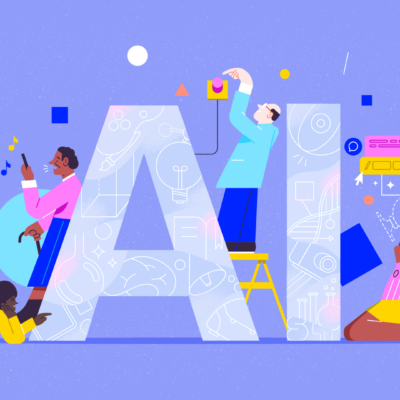Artificial intelligence is no longer a futuristic idea, it is a reality that is revolutionizing industries and changing the labor market at a rate never seen before.
While artificial intelligence (AI) has many positive effects on productivity and efficiency, it also presents a serious threat to some job categories.
The jobs that AI is most likely to replace initially will be discussed in this article.
Here is the list:
1. Data Entry and Administrative Tasks
Data entry and administrative tasks are among the first job categories that AI is targeting. Artificial intelligence (AI) is particularly good at swiftly and precisely processing and organizing large amounts of data, which makes data entry, document scanning, and information sorting jobs very vulnerable. These repetitive, rule-based tasks are perfect candidates for automation. Compared to humans, intelligent systems are more efficient at data input, organization, and management. This lowers error rates and frees up worker time for more complicated tasks.
2. Customer Service
Artificial intelligence (AI)-driven chatbots and virtual assistants are revolutionizing the customer service industry. These technologies offer round-the-clock assistance and prompt responses for managing customer inquiries, bookings, and support issues with impressive efficiency. While sophisticated problem-solving abilities and human empathy remain valuable, many fundamental customer service positions are in jeopardy. AI is changing the face of customer service by handling high-volume inquiries, providing individualized support, and even handling complaints. This means that larger call center teams are no longer necessary.
3. Manufacturing And Assembly Line Jobs
AI and robotics have become crucial components in the manufacturing industry, primarily serving to simplify repetitive physical tasks. Robots, now equipped with AI, can execute tasks like product assembly, welding, and packaging with a higher degree of accuracy and speed compared to humans. These automated systems exhibit their greatest utility in high-volume production scenarios, where they can work continuously, without the need for rest breaks, thereby reducing costs and enhancing productivity. Subsequently, a significant number of manufacturing and assembly line roles are being transitioned to automated systems.
4. Retail Checkouts
Another area where AI is making significant progress is at retail checkouts. Supermarkets and retail establishments are increasingly using self-service kiosks and automated checkouts, which eliminate the need for human cashiers. These devices are capable of autonomous transaction processing, inventory control, and even customized shopping experiences. Traditional cashier jobs are becoming less common as a result of automated checkouts’ increased efficiency and convenience.
5. Basic Analytical Roles
Automating routine analytical tasks like basic financial analysis and report creation is another trend in this direction. Large datasets can be processed more quickly and accurately by AI systems than by humans, and they can also spot trends and produce reports. Tasks involving regular data analysis, like creating financial summaries, market reports, or performance metrics, benefit greatly from these capabilities. The need for more sophisticated and strategic analytical work will increase as AI develops because more routine analytical jobs will be automated.





